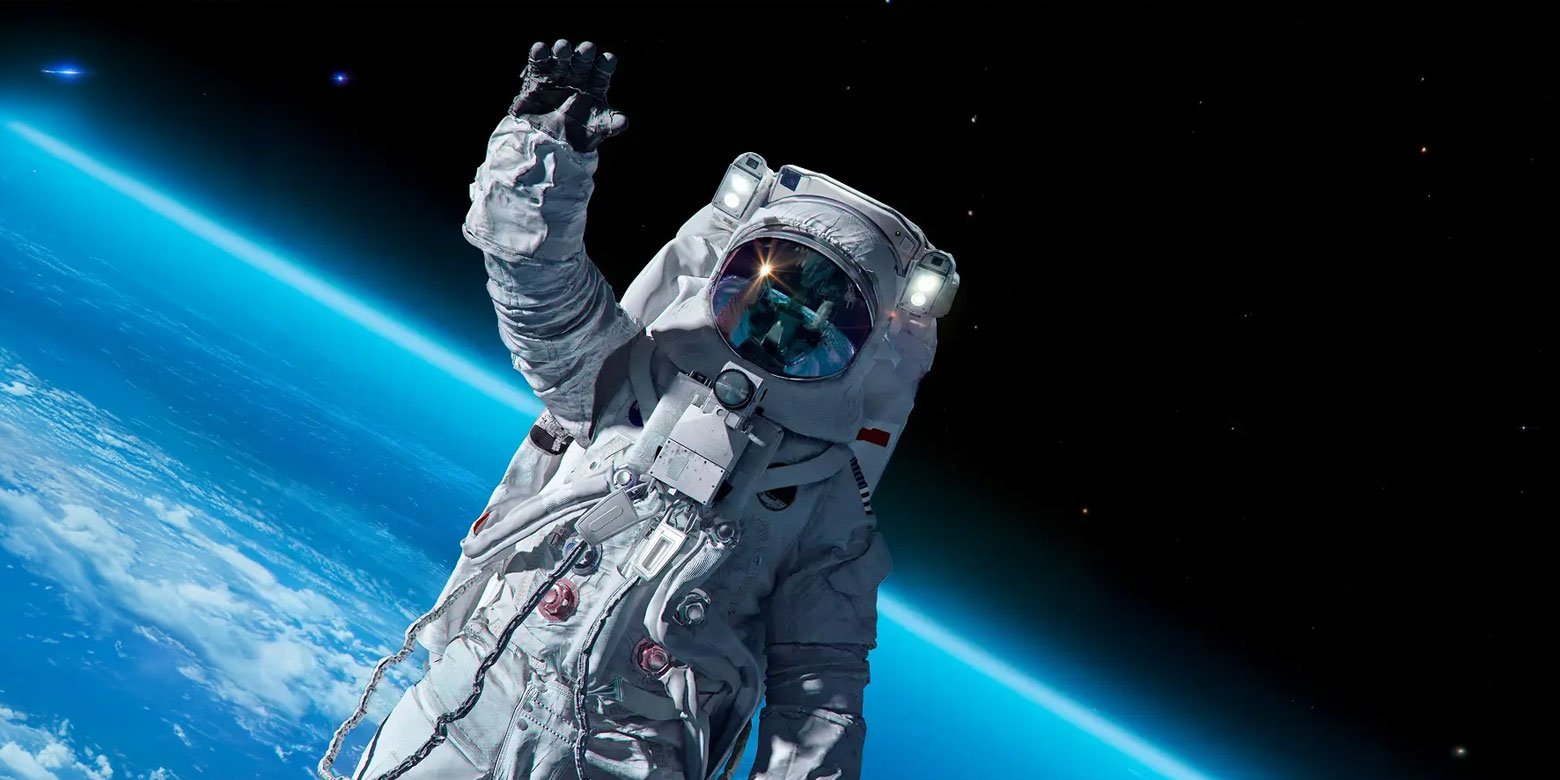The S&P 500 is a market cap weighted index. In fact, most major benchmark indices – with the notable exception of the Dow Jones Industrial Average – are weighted by market cap.
This means that larger companies’ performance has a greater impact on the index’s overall returns than smaller ones. For example, if a company with a $1 trillion market cap were to rise by 2%, it would theoretically have twice the impact as a $500 billion market cap company that rose by the same amount.
With many market cap weighted indices, this isn’t necessarily too much of a problem. For example, the S&P Mid Cap 400 has components with a median market cap of $5.6 billion and largest market cap of $17.3 billion. The 10 largest components of the Mid-Cap 400 make up 6.3% of the total index weighting.1
On the other hand, the S&P 500 has become a rather top-heavy index thanks to a few massive companies. The median market cap of an S&P 500 component is $31.1 billion. However, the largest company in the index has a market cap of about $3 trillion. The top 10 components of the S&P 500 account for a staggering 31.6% of the total weighting.2
Enter the Magnificent 7
This is mainly due to the mega-cap stocks that many analysts refer to as the “Magnificent 7,” which are the largest companies in the benchmark index. Here's a list of the Magnificent 7 as of December 2023, in alphabetical order:
| Company (Ticker Symbol) | Market Cap |
|---|---|
| Apple* (NASDAQ: AAPL) | $3.02 trillion |
| Amazon (NASDAQ: AMZN) | $1.59 trillion |
| Alphabet (NASDAQ: GOOGL)(NASDAQ: GOOG) | $1.76 trillion |
| Meta Platforms (NASDAQ: META) | $925 billion |
| Microsoft (NASDAQ: MSFT) | $2.79 trillion |
| Nvidia (NASDAQ: NVDA) | $1.23 trillion |
| Tesla (NASDAQ: TSLA) | $823 billion |
Data source: CNBC. Market caps as of Dec. 28, 2023.
To put the scale of the Magnificent 7 into perspective, consider that this group's median market cap is larger than the GDP of Spain.3 These are big businesses.
The “Magnificent 7” have been driving S&P 500 returns for years
Not only are these massive companies, but they’ve also been some of the stock market’s best performers for years.4 Just to name a few stats...
- Apple has produced a 1,010% total return over the past decade, nearly five times the return of the S&P.
- Meta Platforms went public in 2012 (as Facebook) and has risen by 841% since then, versus a 362% gain in the S&P 500.
- Even after decades of rapid growth, Microsoft has produced 11x returns over the past decade.
- Nvidia was added to the S&P 500 in 2001 (Fun fact: It is the company that replaced Enron).5 Since then, it has delivered a staggering 12,950% total return for investors.
- Tesla has gained more than 800% since the beginning of 2020.
Even the worst performer of the group in recent years (Amazon) has delivered performance that is roughly identical to the S&P 500 over the past five years.6 However, this follows a massive period of outperformance – Amazon’s stock price (split-adjusted) is nearly 70 times what it was upon being added to the benchmark index in late 2005.
The key takeaway is that these stocks make up about 30% of the S&P 500’s total weighting, although they make up just 1.6% of the stocks in the index. And because their performance has been incredibly strong, they have made the overall index’s performance far better than it otherwise would have been.
Let’s illustrate the impact of the Magnificent 7. If the S&P 500 were not a weighted index – meaning that all 500 companies’ performance had an equal contribution – the performance would have been much different. In fact, the S&P 500 Equal Weight index would have underperformed the normal S&P 500 over nearly any time period in recent history.
| Time Period | S&P 500 Change |
Equal Weight S&P 500 |
Difference |
|---|---|---|---|
| 1 Year | 25.1% | 11.9% | 13.2% |
| 3 Year | 29.4% | 25.5% | 3.9% |
| 5 Year | 92.5% | 74.4% | 18.1% |
| 10 Year | 160% | 123% | 37% |
| 15 Year | 500% | 449% | 51% |
Data source: yCharts. Performance as of Dec. 28, 2023.
It’s also worth noting that this isn’t unique to the S&P 500. In fact, the weighting issue is even more apparent in the Nasdaq 100 benchmark index. If you take another look at the Magnificent 7, you’ll notice that they are all Nasdaq stocks. They make up nearly 50% of the Nasdaq 100’s weighting. And while the Nasdaq was a tremendous performer in 2023, up 55% for the year, 21 percentage points of that would disappear if the index were equally weighted.7
Will the S&P 493 outperform in 2024?
This disproportionate performance has led some to refer to the rest of the S&P 500 as the “Mediocre 493”. But some experts believe the rest of the companies in the index could start to catch up, especially if the Federal Reserve starts to cut rates and we can avoid a recession in 2024.8 There are a few reasons, including valuation, as the Magnificent 7 have an average P/E ratio greater than 50,9 which is more than double the average P/E of the S&P 500 as a whole. Plus, we believe certain sectors that aren't represented in the mega-cap stocks – such as banking and real estate – could be big beneficiaries if the U.S. can avoid a recession with simultaneous falling interest rates.
There’s a solid argument to be made that the S&P 493 – or at least the equal-weight version of the S&P 500 – is a better indicator of how well the U.S. stock market as a whole is performing than the headline S&P 500 you see on the financial news. And if this is the case, one might conclude that the stock market isn’t doing quite as well as the 25% S&P 500 gain in 2023 might indicate.
Of course, nobody has a crystal ball that can predict stock market returns. All investment involves risk and may lose money. But as a group, the “Mediocre 493” is more attractively valued than the Magnificent 7. In fact, as of mid-October, the price-to-earnings ratio of the Magnificent 7 was about 45, while the other 493 companies had a P/E of just 19. So, they could certainly have more to gain from an economic soft landing.
Can I invest in just the other 493 S&P components?
Unfortunately, there aren’t any major index funds that track the other 493 S&P 500 components, but a good alternative could be to invest in an equal weight S&P 500 index fund, of which a few do exist. This way, some of your returns are still dependent on the Magnificent 7, but they’ll make up just 1.6% of your performance, not 30%.
The bottom line is that the largest companies in the market have been fueling its performance, especially in 2023. But there's reason to believe that could change in 2024.
Footnotes
[1] S&P Dow Jones Indices, S&P Midcap 400 Fact Sheet, Nov. 30, 2023.
[2] S&P Dow Jones Indices, S&P 500 Fact Sheet, Nov. 30, 2023.
[3] World Bank, Current GDP Data in U.S. Dollars, Accessed Dec. 28, 2023.
[4] Stock returns from yCharts. Accessed Dec. 28, 2023.
[5] Game Developer, Nvidia Replaces Enron on S&P 500, Nov. 28, 2001.
[6] Stock returns from yCharts. Accessed Dec. 28, 2023.
[7] yCharts. Returns through Dec. 28, 2023.
[8] Mediocre 493 May Begin to Match Magnificent 7, Forbes, Nov. 30, 2023.
[9] Why 'Magnificent 7' Stock Mania is Drawing Comparisons to the Dot-Com Bubble, Yahoo! Finance, Nov. 28, 2023
Related Posts

Lessons from Legendary Value Investors That May Still Work
Many trends in investing seem to come and go, but to us value investing is a philosophy that has...

Deck the Halls with Tough Decisions

Mann on the Street
It doesn’t seem like there should be seasonality in investing—after all, businesses are businesses...

Fundamental Forces: Making Sense of Gravity in Today’s Market

McFaddin on the Markets
When I was in college, one of the things that drew me to economics and mathematics was the nature...
Interested in more?
Get our popular newseltter delivered to your inbox every month.
Search the Insights Blog
How to invest with us
Click the button below to learn how you can get started with Motley Fool Asset Management








